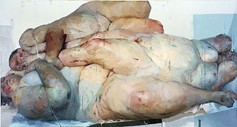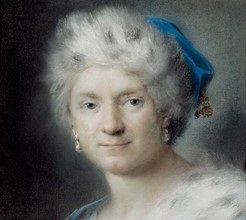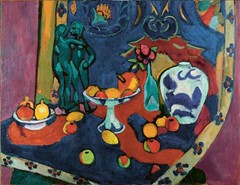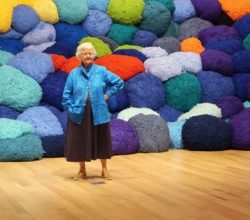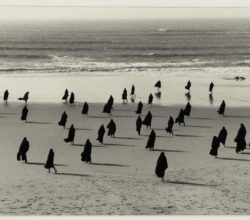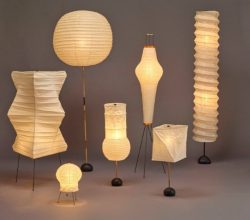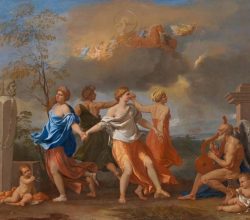
Poussin and the Dance review, National Gallery: A youthful, light-hearted look at the French painter
Mark Hudson | The Independent | 8th October 2021
Poussin, the “father of French painting”, has a reputation for “emotionally remote”, even “stuffy” works. Well, that’s not the whole story. At age 30, Poussin went to Rome. Inspired by its ancient statues and sensual lifestyle, he suddenly started painting lighthearted – even bawdy – dance scenes. His later career returned to serious and sombre but, for a decade, Poussin painted “post-Renaissance rave art”. His “austerely beautiful” art was, for a time, not quite so inscrutable.

